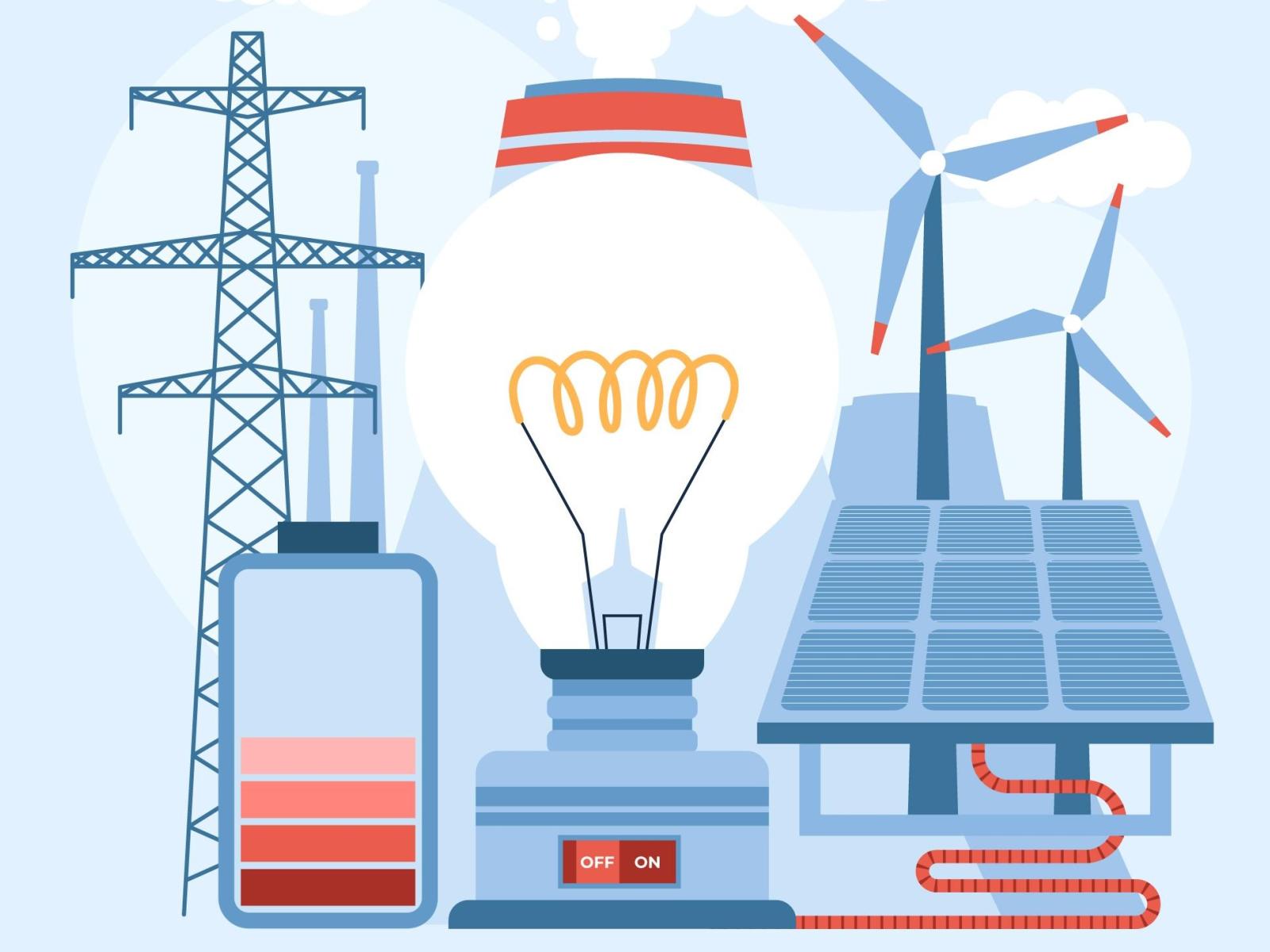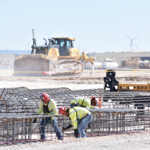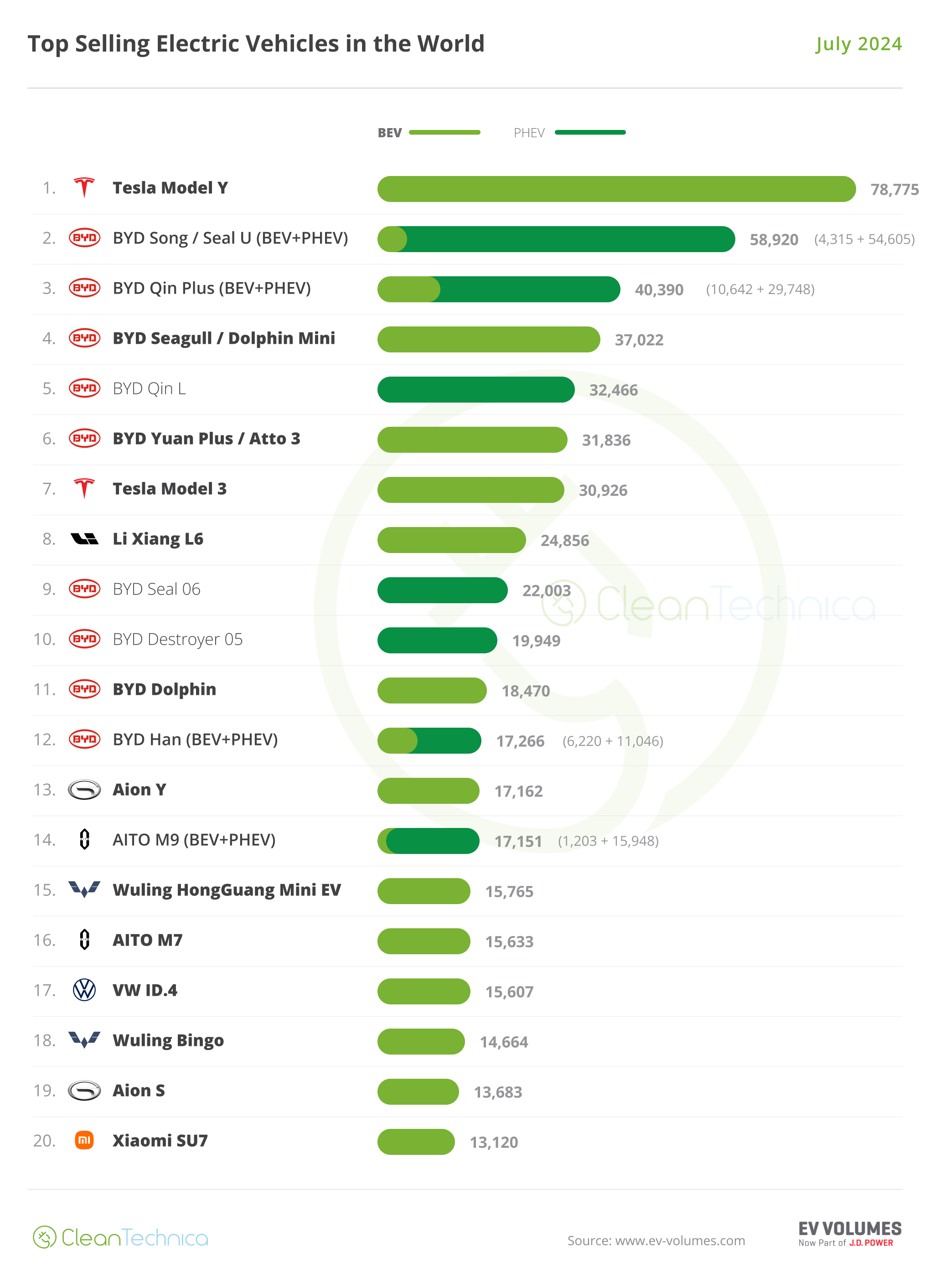Sign up for daily news updates from CleanTechnica on email. Or follow us on Google News!
Now available in utilities’ everyday simulation tools, new models will help simulate how grid-forming inverters will enhance power grid stability
Integrating renewable energy into the nation’s power grid isn’t as simple as plugging in a wind or solar power plant or energy storage facility—these resources produce direct current, while the power grid largely runs on alternating current.
That’s where power inverters come in. These instruments use internal switches to convert direct current into alternating current, allowing renewable resources to provide electricity. As the nation adds more wind and solar power and battery storage, it’s vital for utilities to understand how these inverters will operate on the grid.
That’s why researchers at the Pacific Northwest National Laboratory (PNNL) and their collaborators created new models that allow power system engineers to evaluate how a new technology, the grid-forming inverter, would work on the grid to improve grid stability.
This effort was conducted under the Universal Interoperability for Grid-Forming Inverters Consortium (UNIFI), a $25 million initiative launched by the Department of Energy (DOE) Solar Energy Technologies Office (SETO) and Wind Energy Technologies Office (WETO) in 2021. The UNIFI Consortium brings together leading researchers, industry stakeholders, utilities, and system operators to advance grid-forming inverter technologies. The consortium is led by the National Renewable Energy Laboratory, the University of Texas at Austin, and the Electric Power Research Institute; PNNL plays a significant role as lead of the consortium’s Modeling and Simulation efforts.
The new models, REGFM_A1 and REGFM_B1—developed by PNNL in collaboration with multiple inverter manufacturers, software vendors, and power system planners—were recently approved by the Western Electricity Coordinating Council (WECC), which oversees the nation’s western power grid. WECC’s approval makes these models the first industry-approved, publicly available grid-forming inverter models that are integrated into utilities’ everyday simulation tools used worldwide, such as Siemens PSS®E or PowerWorld Simulator, among others. This gives transmission planners easy access to the models to perform planning studies, especially for those studies where vendor-specific models are unavailable. These models represent two mainstream grid-forming technologies used in the industry: droop control and virtual synchronous machine control.
“As renewable energy is becoming a larger part of the energy mix, the power grid needs more grid-forming inverters to maintain its stability,” said Wei Du, electrical engineer at PNNL and lead developer of these models. “The new models are critical first steps for system planners to better understand how grid-forming inverters could impact their power grids.”
Grid-following vs. grid-forming
Much of the nation’s electricity is generated by burning coal or gas, nuclear reactors, and water flowing through dams. These methods turn large turbines, which then turn synchronous machines. These spinning synchronous machines create a stable alternating electrical voltage at a given frequency. All the synchronous machines need to spin at the same rate to produce the same frequency, ensuring a stable operation of the bulk power grid. The fact that solar panels, wind turbines, and battery storage systems produce direct current that must be converted to alternating current adds a layer of complexity to grid operations.
Inverters currently on the grid are known as grid-following, meaning they control the current of electricity. These grid-following inverters were developed at a time when grid operators could assume there were plenty of synchronous machines on the grid to maintain a stable voltage. However, as the nation moves towards a fully decarbonized grid by 2035, more and more coal and gas power plants will retire.
To preserve the grid’s stability, researchers have begun developing grid-forming inverters, which aim to control voltage rather than current. They also enable automated control coordination with other inverters and synchronous machines on the grid, to help enhance system stability.
“Grid-forming inverters are an enabling technology,” said Kevin Schneider, a chief engineer and Laboratory Fellow at PNNL. “As more people electrify their homes and cars, the load on the grid changes. The new models help us plan a grid that can handle those changes as more wind and solar come online as well.”
Modeling the grid with grid-forming inverters
Last fall, WECC released a report looking at how grid-forming inverters could maintain the frequency stability of the grid during times of stress, such as a sudden loss of generation. Using the new model, the report found that as more renewable generators come online, grid-forming inverters can significantly improve the system frequency response compared to the use of conventional grid-following inverters.
On a smaller scale, system operators at the Electric Reliability Council of Texas recently used the model in a project showing that grid-forming technology can better support the connection of renewable sources in “weak” power grids, which typically refer to remote rural areas far away from energy generators.
“Each utility can use these models to assess how grid-forming inverters could potentially address its own unique challenges,” Du said.
Real-world demonstration
“Right now, inverters on the grid are mostly grid-following rather than grid-forming,” Du added, “but the models can help advance the technology toward wide adoption.”
In fact, motivated by the promising results in the above-mentioned WECC report, a renewable power plant in eastern Oregon plans to demonstrate the grid-forming inverter technology by 2026, funded by the SETO Solar and Wind Grid Services and Reliability Demonstration Program. The Wheatridge Renewable Energy Facility is the first development of its scale in North America to combine wind and solar generation with battery storage. The facility combines a 300-megawatt wind farm, a 50-megawatt solar facility, and a 30-megawatt energy storage system. PNNL is part of the demonstration project led by the local utility company, Portland General Electric. If successful, this will be the first bulk power system-connected, grid-forming hybrid power plant in the United States.
Future modeling work
“Grid-forming technology is evolving quickly,” said Du. “As more grid-forming inverters are deployed in the field, these models need to be further validated against field test results and updated on a regular basis. Supported by the UNIFI consortium, we will continue to work with inverter manufacturers, software vendors, and power system planners to further validate and enhance the industry-approved, standard library grid-forming inverter models.”
“The development of the grid-forming inverter models represents a significant leap forward in our ability to ensure grid stability and reliability,” said Song Wang, a senior principal engineer at Portland General Electric who chairs the WECC Modeling and Validation Subcommittee. “These models are crucial in our ongoing efforts to integrate renewable energy sources seamlessly into the grid. The collaboration between PNNL and WECC has been instrumental in driving these innovations, and I look forward to continuing this productive partnership.”
Integrating the models into utilities’ everyday simulation tools was primarily supported by the UNIFI Consortium. REGFM_A1 Model development was also supported by the DOE Office of Electricity’s Microgrid Program and PNNL’s internal funding program.
Courtesy of Department of Energy, PNNL.
Have a tip for CleanTechnica? Want to advertise? Want to suggest a guest for our CleanTech Talk podcast? Contact us here.
Latest CleanTechnica.TV Videos
CleanTechnica uses affiliate links. See our policy here.
CleanTechnica’s Comment Policy






